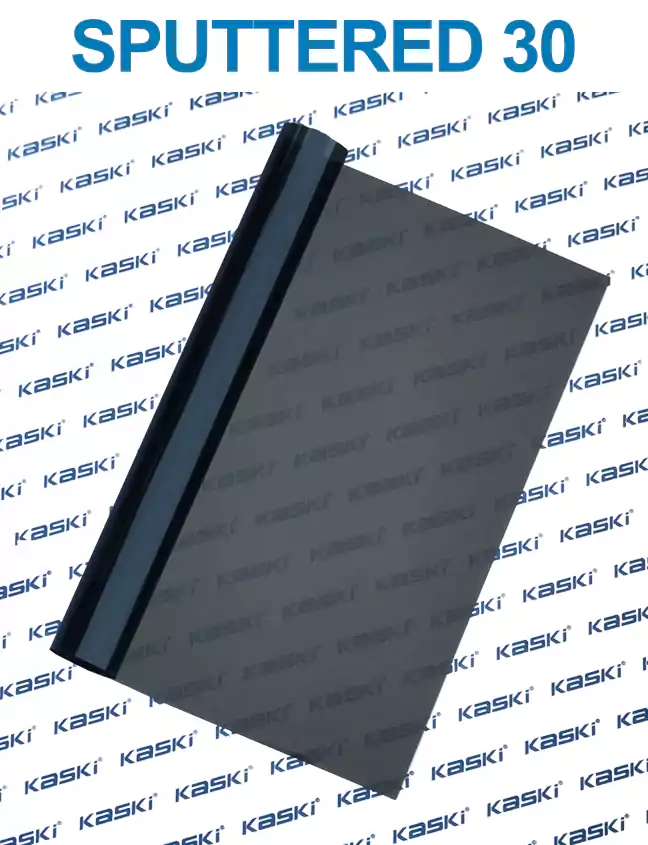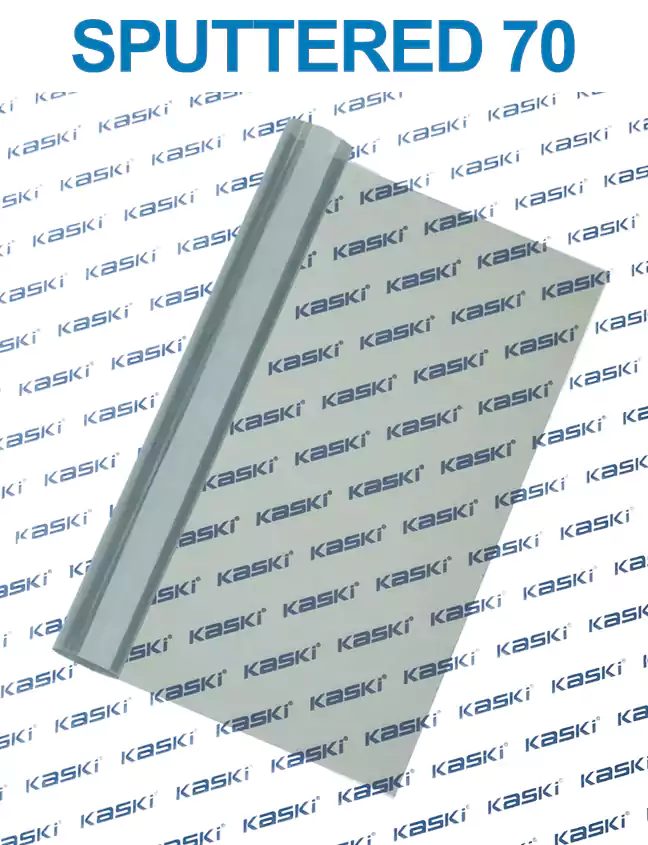When it comes to enhancing the comfort and style of your vehicle, automotive window tinting is a popular and practical solution. Window tinting not only adds a sleek, sophisticated look to your car, but it also offers a range of benefits that can improve your driving experience.
In this comprehensive guide, we'll explore the principles of automotive window tinting, the advantages it offers, and provide a detailed installation case study to help you understand the process better.
The Principles of heat control window film
Window tinting involves the application of a thin, transparent film to the vehicle's windows. These films are designed to block a significant portion of the sun's harmful ultraviolet (UV) rays, reducing the amount of heat and glare that enters the cabin. The tinting material can be made from various materials, such as dyed polyester, metalized polyester, or ceramic, each with its own unique properties and performance characteristics.
The degree of tinting is measured by the Visible Light Transmission (VLT) percentage, which indicates the amount of visible light that can pass through the tinted window. The lower the VLT percentage, the darker the tint and the more light it blocks. Most states have specific regulations regarding the maximum VLT percentage allowed for different window positions, so it's essential to research and comply with local laws.
Advantages of Automotive Window Tinting
1. Rejection of the Sun's Heat: Window tinting can effectively block up to 99% of the sun's harmful UV rays, significantly reducing the amount of heat that enters the vehicle. This not only makes the cabin more comfortable but also helps to improve the vehicle's energy efficiency by reducing the need for air conditioning.
2. Protection for Decorative Curtains and Blinds: In addition to protecting the vehicle's occupants, window tinting can also help preserve the condition of any decorative curtains or blinds installed in the car. By blocking the sun's rays, the tinting helps prevent fading and deterioration of these delicate materials.
3. Increased Comfort and Energy Efficiency: By reducing the amount of heat and glare in the cabin, window tinting can make the vehicle's interior more comfortable, especially during the hot summer months. This, in turn, can lead to improved energy efficiency, as the air conditioning system doesn't have to work as hard to maintain a comfortable temperature.
4. Improved Privacy and Security: Tinted windows can provide an added layer of privacy, making it more difficult for passersby to see into the vehicle. This can be particularly beneficial for individuals who need to transport valuable items or wish to maintain a certain level of discretion.
5. Enhanced Appearance: heat control window film can give your vehicle a sleek, sophisticated look, adding to its overall aesthetic appeal. The wide range of tint shades and styles available allows you to customize the appearance to suit your personal preferences.
A Detailed Installation Case Study
To provide a better understanding of the automotive window tinting process, let's consider a specific installation case study.
Vehicle: 2020 Toyota Camry
Windows Tinted: Side windows, rear glass, and windscreen
The installation process began with a thorough cleaning of the vehicle's windows to ensure a proper adhesion of the tinting film. The technician then carefully measured the dimensions of each window to ensure a perfect fit for the tinting material.
Next, the tinting film was carefully cut to size and applied to the windows, using a specialized tool to smooth out any air bubbles or wrinkles. The technician paid close attention to the edges of the film to ensure a seamless and professional-looking finish.
Once the tinting film was in place, the technician used a heat gun to activate the adhesive and secure the film to the windows. This process helped to create a durable and long-lasting bond between the film and the glass.
Finally, the technician performed a final inspection to ensure that the tinting was evenly applied and that the VLT percentage met the local legal requirements. The entire installation process took approximately 2 hours, and the customer was thrilled with the results.
Testimonials
"I've had my car tinted with this company, and I couldn't be happier with the results. The tinting has made a noticeable difference in the cabin temperature, and I feel much more comfortable driving in the summer heat. The installation was quick and professional, and the tinting has held up beautifully over time." - Sarah, Toyota Camry owner
"Investing in heat control window film was one of the best decisions I've made. Not only does it look great, but it has also helped to protect my vehicle's interior from sun damage and keep the cabin cooler. The team at the tinting shop was knowledgeable and walked me through the entire process, ensuring that I was completely satisfied with the final result." - Michael, Honda Civic owner
In conclusion, automotive window tinting is a practical and versatile solution that can enhance your driving experience in numerous ways. From rejecting the sun's heat to increasing your vehicle's energy efficiency and privacy, the benefits of window tinting are clear. Whether you're looking to upgrade the appearance of your car or improve its overall comfort, consider exploring the world of automotive window tinting today.

















